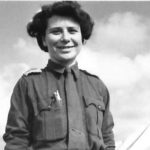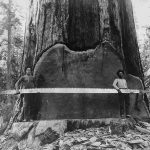You might know Yvonne De Carlo for her memorable roles as Salome in “Salome, Where She Danced” or as Sephora in “The Ten Commandments.” Her story is as captivating as her on-screen presence.
She relentlessly pursued stardom with her own growing talent and her mother’s steadfast support.
From modest beginnings and early setbacks, she carved out a path from the dance floors of Vancouver to the dazzling lights of Hollywood, becoming one of the era’s celebrated actresses.
Yvonne De Carlo’s tough childhood
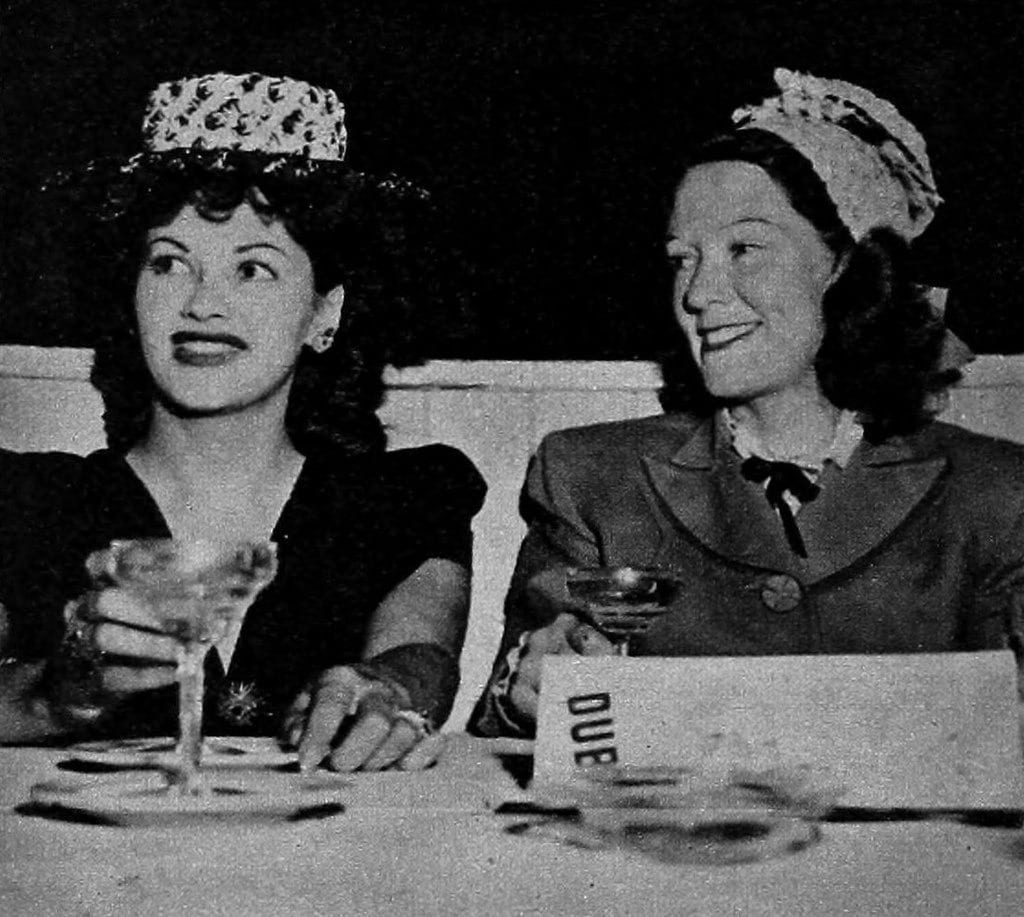
Yvonne De Carlo was born Margaret Yvonne Middleton on September 1, 1922, in Vancouver, British Columbia.
She was raised in a household with a single mother and puritanical grandparents. Her father, a charming but unreliable figure, disappeared from their lives when Yvonne was still a toddler.
Her mother, determined to support her daughter, worked hard to help her become a star. Despite these struggles, her mother nurtured Yvonne’s talent by enrolling her in dance and drama classes.
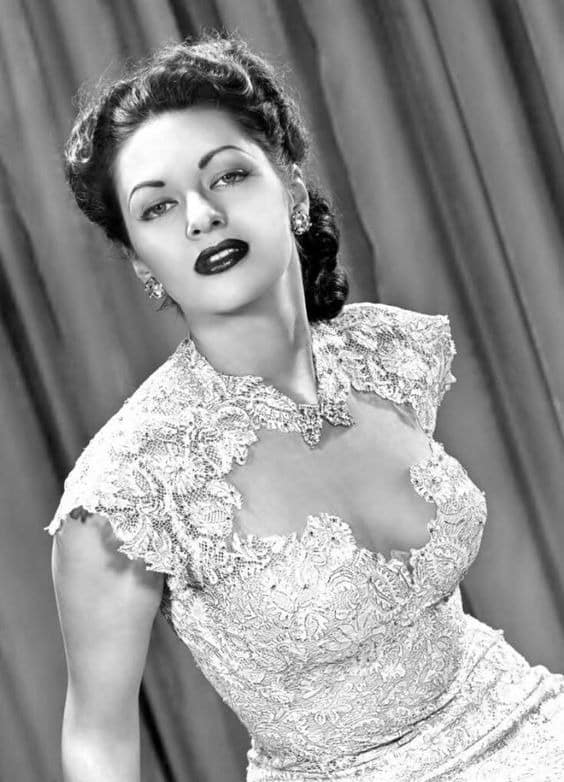
Yvonne, full of energy and ambition, was a natural performer, much like the actress Colleen Moore, and delighted her neighborhood with spontaneous performances.
In her own words, Yvonne shared, “I was named Margaret Yvonne. Margaret because my mother was very fond of one of the derivatives of the name. She was fascinated at the time by the movie star Baby Peggy and I suppose she wanted a Baby Peggy of her own.”
Her mother’s desire for Yvonne to become a star was evident from a young age, though Yvonne’s own dream was to become a singer. She was blessed with a powerful voice and a vibrant personality, traits that would later shine in her acting career.
Her first steps into showbiz

In 1937, 15-year-old Yvonne De Carlo, then called Peggy Middleton, and her mother went to Hollywood hoping to become famous. However, they didn’t find success right away and went back to Canada.
Yvonne had spent years training in ballet. Even though her formal education was inconsistent, she kept dancing, moving from ballet to other styles that suited her better.
At 17, now known as Yvonne De Carlo, she began performing in Vancouver nightclubs. Her beauty and talent caught the eye of many, and by 18, she won the Miss Venice Beach beauty contest.
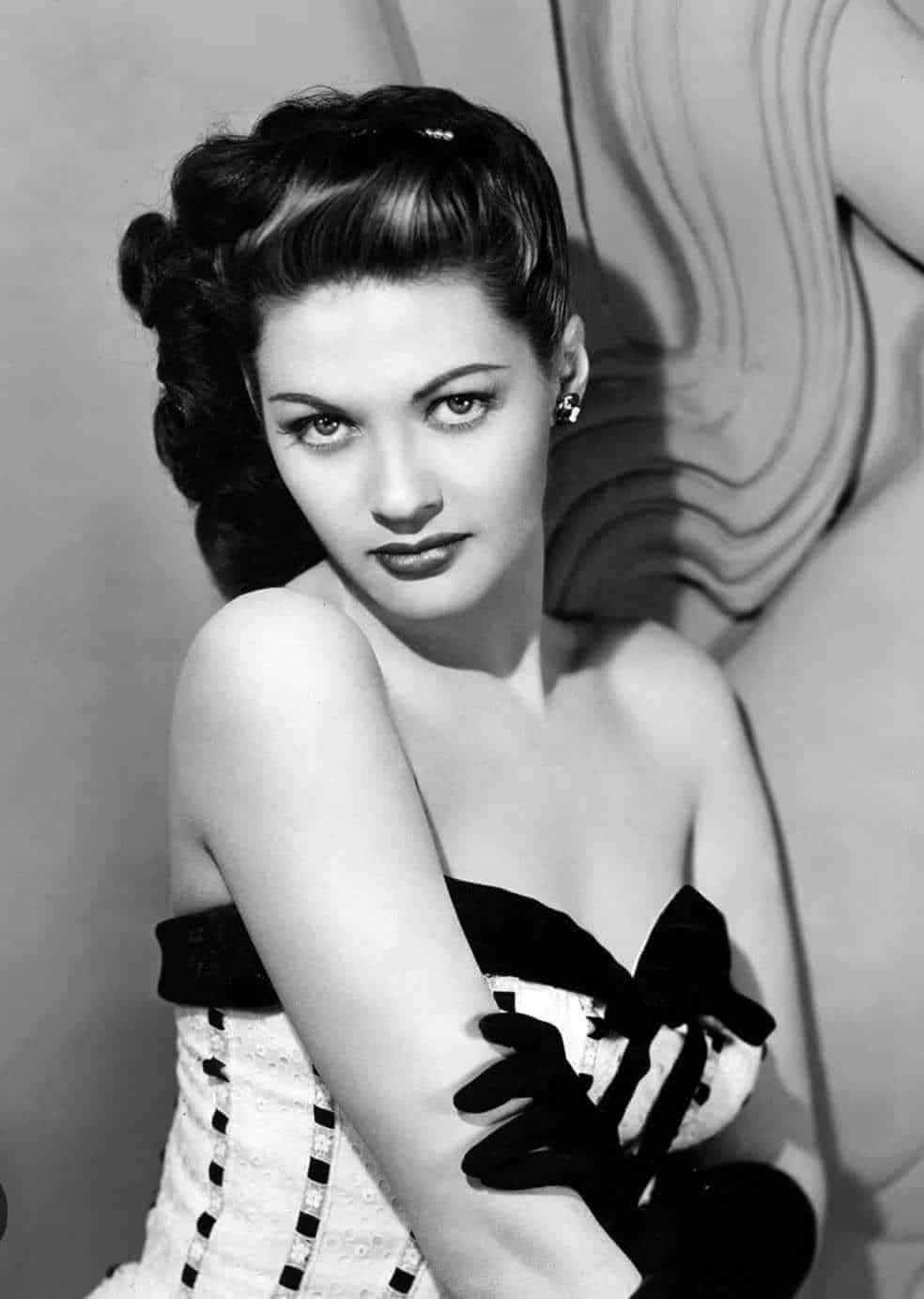
This victory boosted her confidence, and in 1940, Yvonne De Carlo and her mother made a second attempt at Hollywood. This time, Yvonne balanced her nights as a chorus dancer with daytime visits to studios, searching for acting opportunities.
Her striking beauty and charisma soon caught the eye of Hollywood. Transitioning from a nightclub performer to an aspiring actress marked the start of her successful career in the film industry.
Breakthrough role in “Salome, Where She Danced”
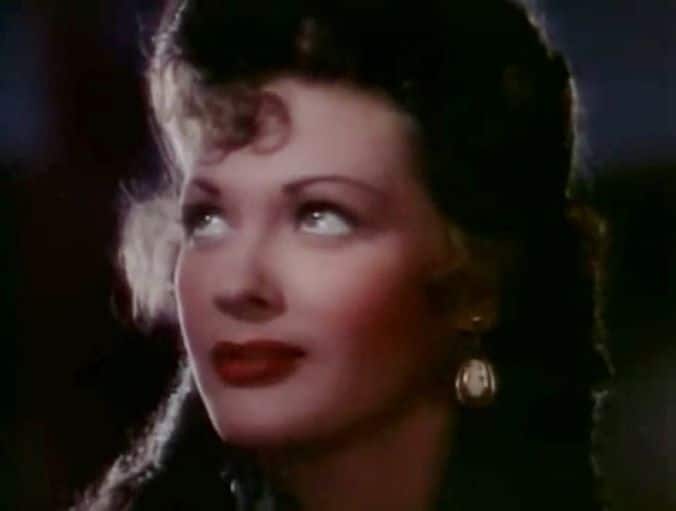
In August 1942, Yvonne De Carlo signed a contract with Paramount Pictures, eagerly entering the Hollywood scene. Over the following years, she appeared in about 20 films, but mostly in small, uncredited roles.
Among these were notable productions such as “This Gun for Hire” and “Road to Morocco,” where she played a minor part as Dorothy Lamour’s handmaiden. These roles did little to boost her profile.
It was the USO shows she participated in that truly made her a favorite among soldiers. Singing and entertaining the troops, she became a beloved pin-up and felt a deep connection to the soldiers she performed for.
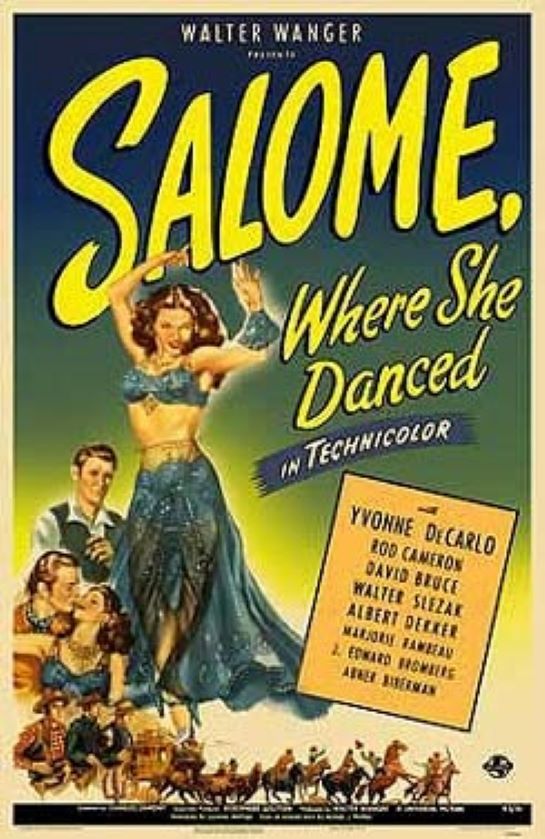
The film “Salome, Where She Danced” (1945) was a game-changer for Yvonne. Universal Pictures signed her to a $ 350-a-week contract, and she began to enjoy the fruits of her perseverance.
As Bosley Crowther from the New York Times noted, Yvonne’s performance showcased her talent and undeniable charm despite the film’s mixed reviews.
“Yvonne De Carlo…has an agreeable mezzo-soprano singing voice, all the ‘looks’ one girl could ask for, and, moreover, she dances with a sensuousness,” Crowther wrote.

By the mid-1940s, Yvonne De Carlo’s star was on the rise. Universal’s promoted her as “the most beautiful woman in the world.”
When asked about her place among Hollywood beauties, she responded with grace, “That’s a heck of a question to ask a lady! But if you insist – Merle Oberon and Hedy Lamarr.”
Monumental success as a Hollywood star
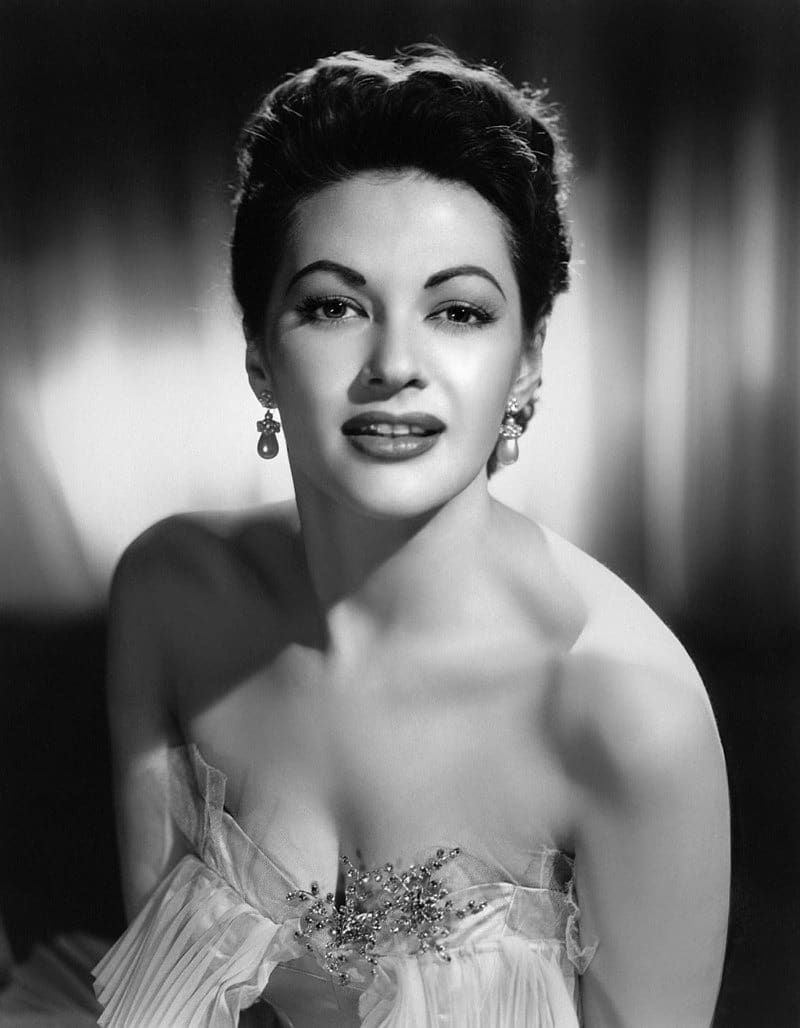
Yvonne De Carlo’s career continued to thrive after her breakthrough role in “Salome, Where She Danced.” Her next film, “The Bride Wasn’t Willing” (1945), showcased her in a comedic Western as Lorena Dumont.
After a break from the screen in 1946, De Carlo made a notable return in 1947 with a role as Cara de Talavera in “Song of Scheherazade.” The film itself was mediocre, but many critics agreed that Yvonne was its standout feature.
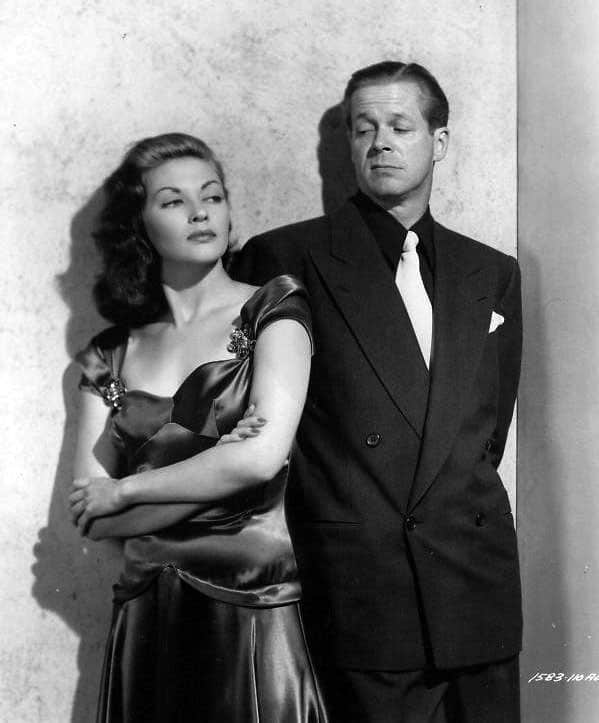
That same year, she appeared in the acclaimed Burt Lancaster prison drama “Brute Force” and subsequently starred in a series of leading roles in films such as “Slave Girl” and “Black Bart.”
By the late 1940s and early 1950s, De Carlo’s reputation continued to grow with standout performances in films like “Criss Cross”(1949) and “The Desert Hawk” (1950).
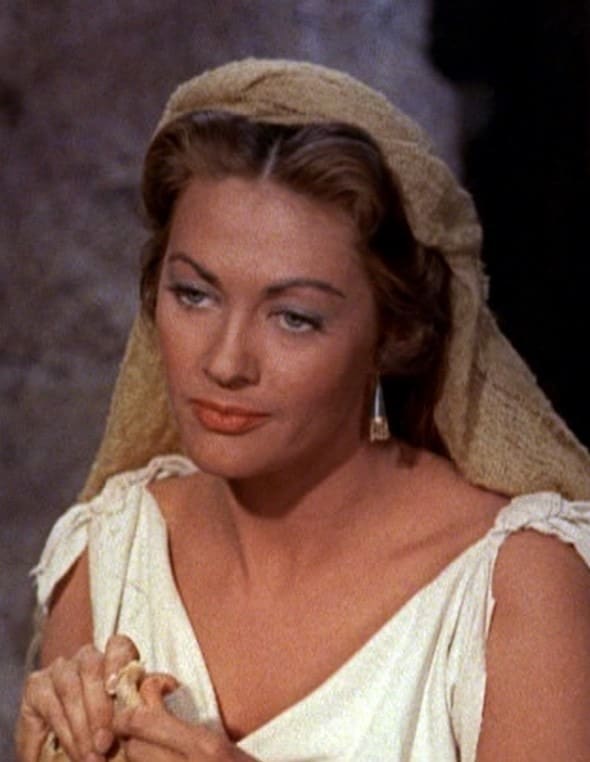
The real turning point came in 1956 with Cecil B. DeMille’s epic The Ten Commandments. Playing Sephora, the wife of Moses, Yvonne’s performance was a significant career boost.
She remarked, “Thanks to Mr. DeMille, I can get in some Class A pictures.” The film’s massive success solidified her place in Hollywood history and led to another prominent role in Band of Angels (1957).
The late 1950s and early 1960s saw De Carlo transition to television, where she appeared in popular series like “Bonanza” and “The Virginian.”

But it was her role as Lily Munster in the hit TV show “The Munsters” (1964) that redefined her career. The show became a cultural phenomenon with a wide array of merchandise, magazines, and comic books.
De Carlo embraced this resurgence, “It meant security. It gave me a new, young audience I wouldn’t have had otherwise. It made me ‘hot’ again, which I wasn’t for a while.”
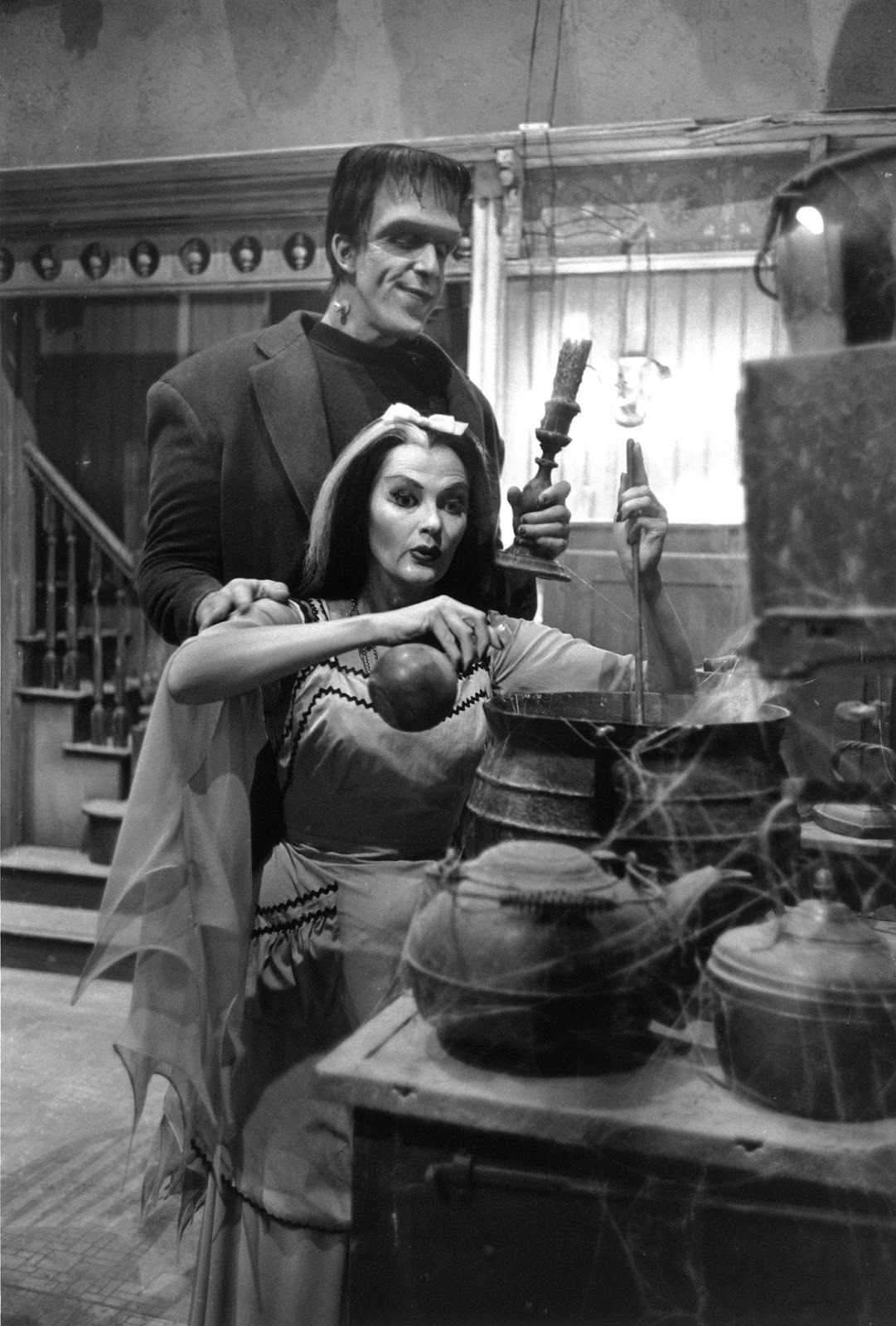
The extensive make-up for the role was a small price to pay for the renewed attention and adoration from fans.
Her later years and legacy
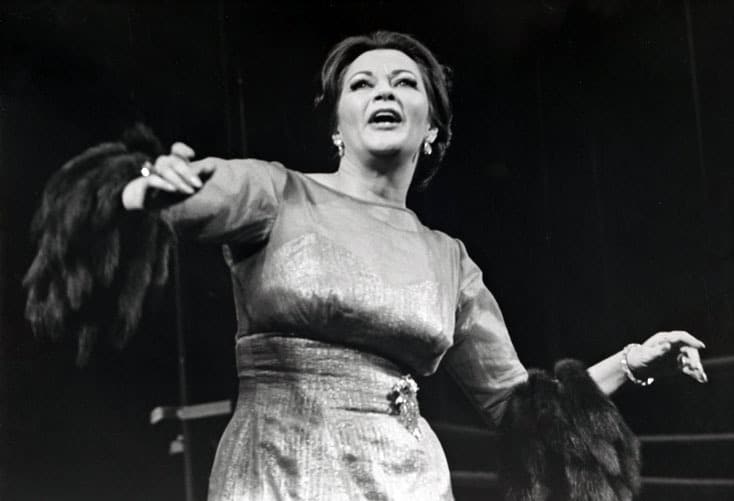
Yvonne De Carlo’s career extended well into the 1990s, though none of her later projects matched the iconic status of The Munsters. Yet, she made a notable mark on the stage in 1971, delivering a triumphant performance in Stephen Sondheim’s Follies.
Her rendition of “I’m Still Here” became a powerful anthem, not just for her but for many aging stars who related to its themes of resilience and perseverance.

Yvonne De Carlo passed away on January 8, 2007, at the age of 84. Her legacy lives on through the countless memorable performances she delivered and the millions of fans who continue to cherish her work.
As Sophia Loren once said, “Particularly I loved Yvonne De Carlo – she was my favorite actress. I used to dream I was Yvonne De Carlo.”

